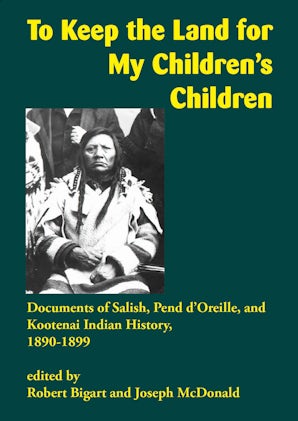
360 pages
22 illustrations, 1 map, index
Robert Bigart is librarian emeritus at the Salish Kootenai College in Pablo, Montana. Joseph McDonald is president emeritus at the Salish Kootenai College.